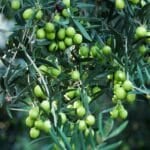

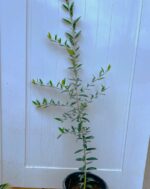
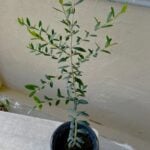
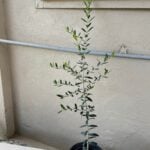
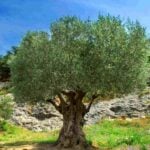
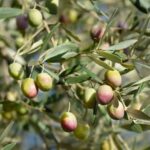

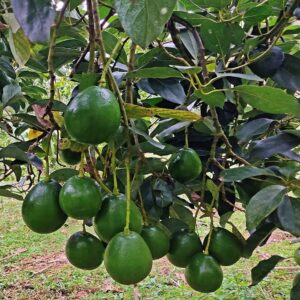
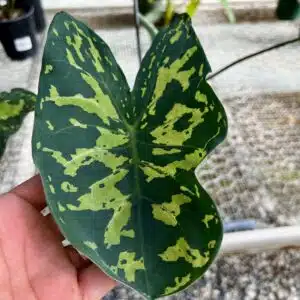
Olive (Olea europaea) tropical live fruit tree
$69.99 Original price was: $69.99.$49.99Current price is: $49.99.
The Olive tree, scientifically known as Olea europaea, is a small, evergreen tree native to the Mediterranean region. It is highly valued for its fruit, the olive, which is harvested for both consumption and oil production. Known for its longevity and resilience, the olive tree has been cultivated for thousands of years and is central to the culinary, cultural, and agricultural practices of many Mediterranean countries.
Olive trees typically grow to a height of 20 to 30 feet, with a broad, rounded canopy of silver-green, narrow, leathery leaves that are pale green on top and silvery underneath. The trunk is often gnarled and twisted, which adds to the tree’s aesthetic appeal. Olive trees are slow-growing but extremely hardy, capable of thriving in poor, rocky soils and withstanding drought conditions once established. Some olive trees are known to live for several hundred years, and there are even ancient specimens still producing fruit today.
The Olive tree produces small, white flowers in late spring, which are followed by the development of the fruit. The fruit, known as olives, is typically small, oval, and comes in various colors depending on the variety and stage of ripeness, ranging from green to purple to black. Green olives are typically harvested before they are fully ripe, while black olives are harvested when they are fully mature. Olives are too bitter to be eaten directly off the tree and must undergo processing such as curing or fermenting to remove their bitterness.
Olive trees thrive in warm, temperate climates with mild winters and hot, dry summers. They prefer well-drained, slightly alkaline soils but are highly adaptable to various soil types. The trees require full sun and are known for their drought tolerance, although regular watering during dry periods can improve fruit production. Olive trees are often planted in orchards for commercial production, but they are also popular in home gardens as ornamental trees or for small-scale fruit harvesting.
Propagation of olive trees is typically done through cuttings or grafting, as this ensures that the new trees will produce fruit with the same characteristics as the parent tree. Seed-grown olive trees are rare and can take many years to mature and produce fruit. Grafted or cutting-grown olive trees, on the other hand, can begin to bear fruit within 3 to 5 years.
Olives are harvested in the late summer to fall, depending on the climate and the desired ripeness. The fruit is either pressed to produce olive oil or cured for table olives. Olive oil production is a significant agricultural industry, particularly in Mediterranean countries, where it is a staple of the local diet and highly prized for its flavor and health benefits.
Pruning olive trees is essential for maintaining their shape, improving air circulation within the canopy, and encouraging better fruit production. It is common to prune olive trees lightly each year to remove dead wood and shape the tree, but more intensive pruning may be necessary every few years to maintain vigor.
An interesting fact about olive trees is their symbolism of peace, wisdom, and prosperity. The olive branch has been used as a symbol of peace for centuries, and olive trees are often associated with endurance and resilience due to their ability to thrive in harsh conditions and their impressive longevity.
The Olive tree, **Olea europaea**, not only stands out for its historical and cultural significance but also for its immense versatility in culinary and agricultural uses. This evergreen tree has been a symbol of peace, prosperity, and wisdom for thousands of years, and its fruit and oil continue to be key components of Mediterranean cuisine, as well as increasingly popular worldwide due to their health benefits.
**Cultivars and Varieties:**
There are hundreds of olive tree varieties or cultivars, each with distinct characteristics, adapted to different climates and suited to different uses. For example, the **Arbequina** variety, originally from Spain, is known for its small size and adaptability to various climates, while the **Kalamata** variety, from Greece, is famous for its large, almond-shaped olives typically used as table olives. Other well-known varieties include **Picual**, **Leccino**, and **Frantoio**, each known for specific attributes like their suitability for oil production or their unique flavor profiles as table olives.
**Olive Oil Production:**
Olive oil production begins with harvesting the olives, which are typically handpicked or shaken from the trees. The olives are then processed within 24 hours to preserve their flavor and quality. The fruit is crushed to extract the oil, with the first extraction yielding the finest quality oil known as **extra virgin olive oil**. Extra virgin olive oil is cold-pressed, meaning no heat or chemicals are used during extraction, and it retains a high level of antioxidants and healthy fats, making it highly valued for both culinary uses and its health benefits.
Olive oil has been an integral part of Mediterranean diets for millennia and is celebrated for its beneficial effects on heart health due to its high content of monounsaturated fats, which help lower bad cholesterol levels. Extra virgin olive oil is also rich in antioxidants and anti-inflammatory compounds, contributing to overall health and longevity.
**Ornamental Use and Landscaping:**
Olive trees are not only valuable for their fruit and oil, but they are also highly prized as ornamental plants. Their silvery green leaves, gnarled trunks, and slow-growing nature make them attractive additions to Mediterranean-style gardens or drought-tolerant landscapes. Olive trees can be trained as hedges, pruned into bonsai, or left to grow naturally, creating a focal point in any garden. The tree’s adaptability to dry, rocky, and poor soils makes it a popular choice in xeriscaping, where water conservation is important.
**Lifespan and Longevity:**
Olive trees are incredibly long-lived, with some ancient trees believed to be over 2,000 years old still producing fruit. One such tree, located on the island of Crete in Greece, is thought to be more than 3,000 years old and is still productive. This longevity has contributed to the olive tree’s association with endurance and resilience. Olive trees are resistant to drought, pests, and disease, which, combined with their ability to regenerate even after being cut back severely, makes them a durable and sustainable crop.
**Care and Maintenance:**
Although olive trees are hardy, they require a few essential care practices to ensure healthy growth and optimal fruit production. Regular watering is necessary during the first few years after planting to establish a strong root system. Once established, olive trees become quite drought-tolerant but will benefit from deep, infrequent watering during prolonged dry periods. In terms of fertilization, olive trees require a balanced fertilizer, particularly nitrogen, to support fruit production.
Pruning is essential for encouraging healthy growth and increasing sunlight exposure to all parts of the tree. Olive trees are typically pruned annually to remove dead or diseased branches, thin out crowded areas, and maintain a desired shape.
**Propagation:**
Propagation of olive trees is commonly done by cuttings or grafting rather than seeds, which ensures the new trees will have the same desirable traits as the parent plant. Grafting is especially common in commercial operations, where consistency in fruit quality and oil yield is crucial. Air-layering is another propagation method used by some growers.
**Challenges and Considerations:**
While olive trees are resilient, they can face challenges from pests and diseases such as olive fruit flies, scale insects, and fungal diseases like verticillium wilt. Integrated pest management practices, such as the use of beneficial insects and organic treatments, help mitigate these risks. Careful monitoring of the tree’s health and timely intervention can help prevent severe damage.
**Conclusion:**
The Olive tree, Olea europaea, is not just a symbol of history and culture but a remarkably hardy and versatile plant with deep roots in agriculture, cuisine, and landscaping. Its longevity, adaptability to challenging conditions, and the high value of its fruit and oil make it one of the most important and enduring crops in the world. Whether grown for its rich, flavorful olives and oil or as a beautiful ornamental tree, the olive tree continues to be a staple in gardens and orchards across suitable climates.
In conclusion, the olive tree is a remarkable and versatile plant that has played a vital role in agriculture and culture for millennia. Whether grown for its fruit, oil, or as an ornamental feature, the olive tree adds both beauty and productivity to any garden or orchard in a suitable climate. Its hardiness, drought tolerance, and longevity make it a low-maintenance yet rewarding tree to cultivate.
| Weight | 10 oz |
|---|---|
| Dimensions | 22 × 4 × 4 in |
| size |
1'-2' feet ,2'-3' feet |

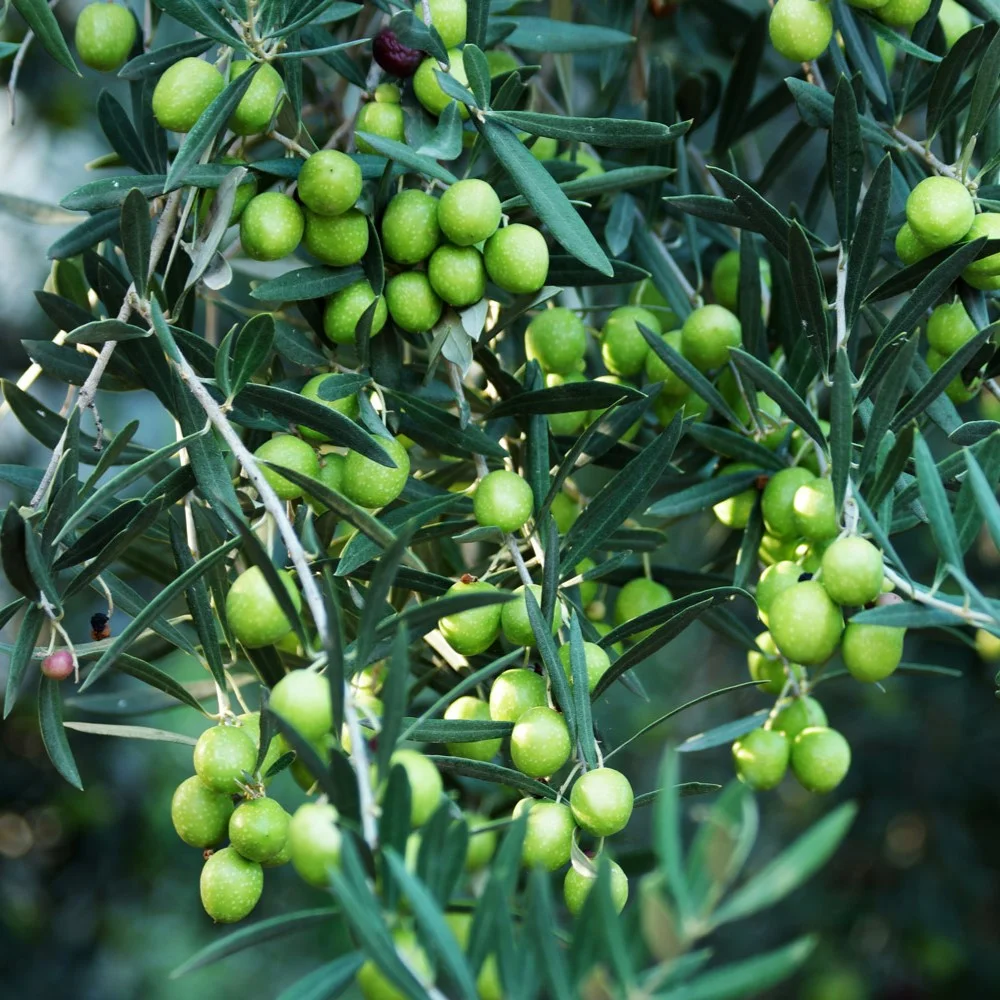
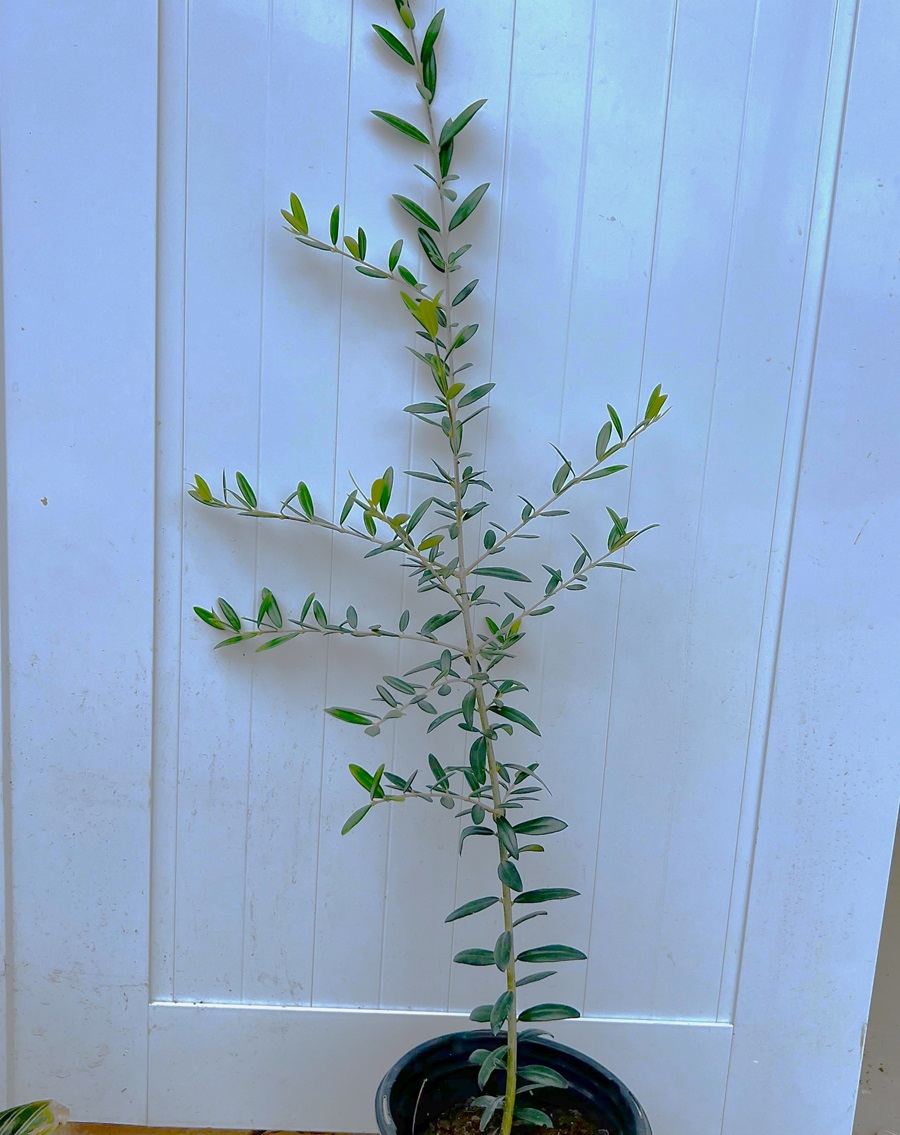
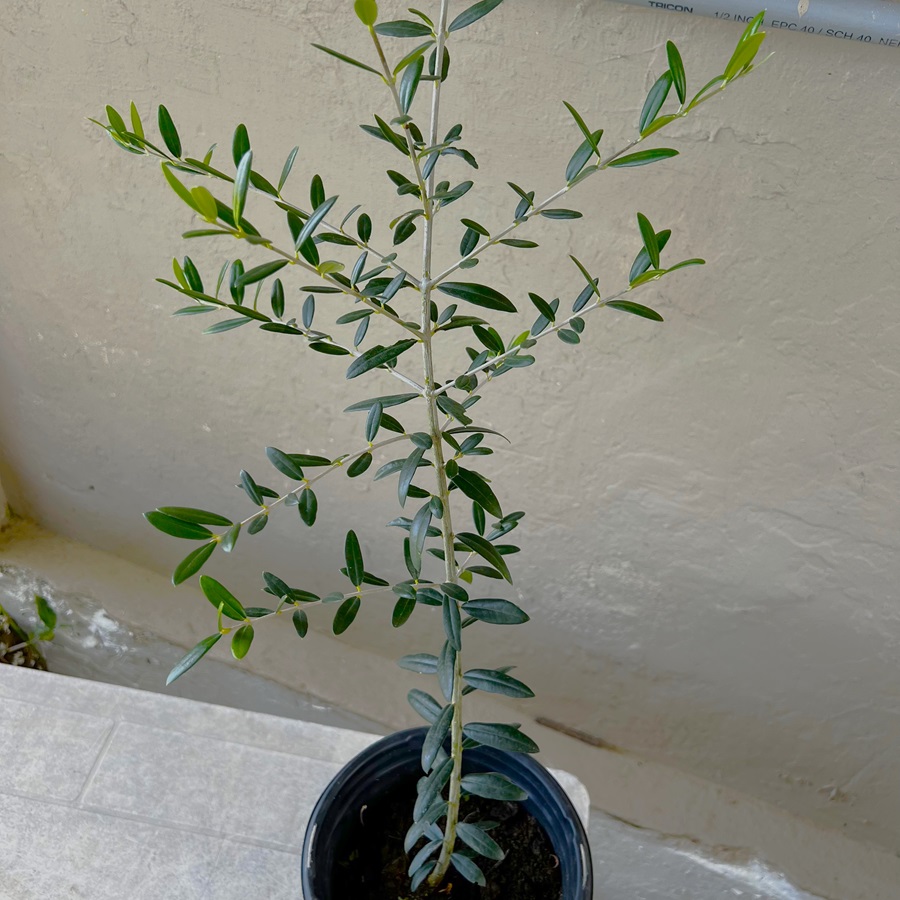
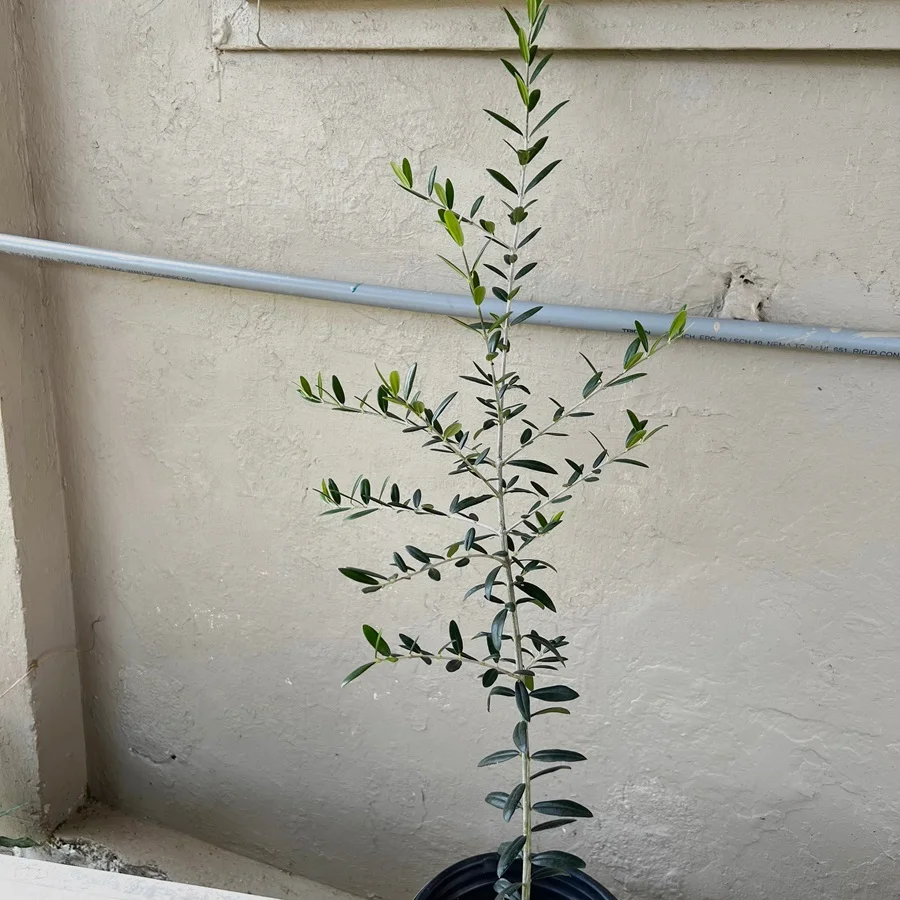
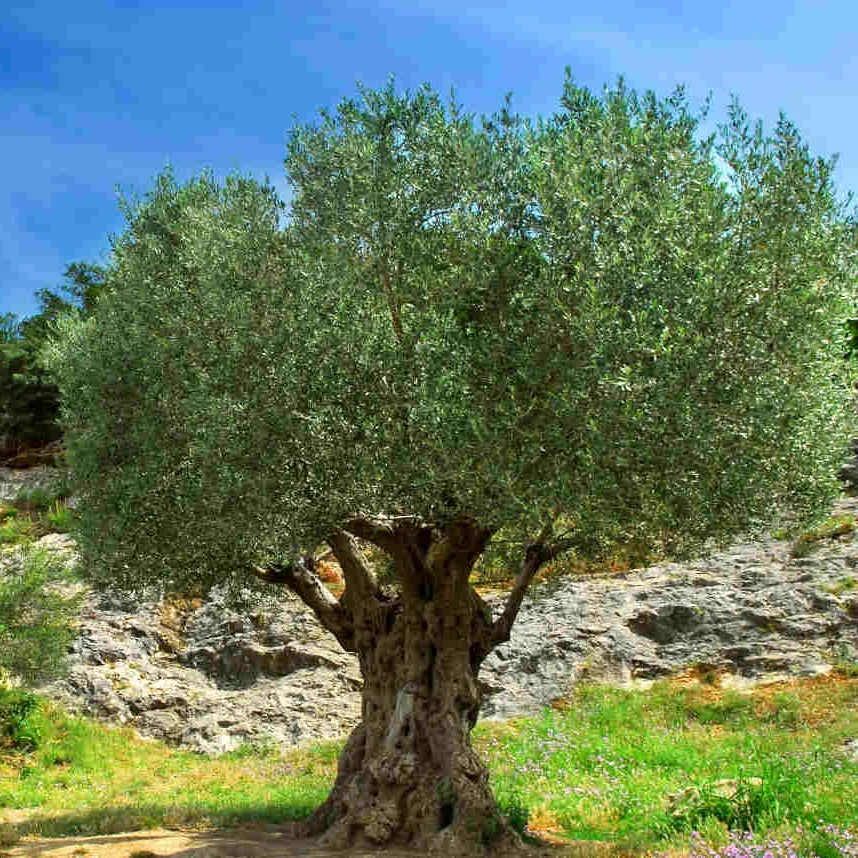
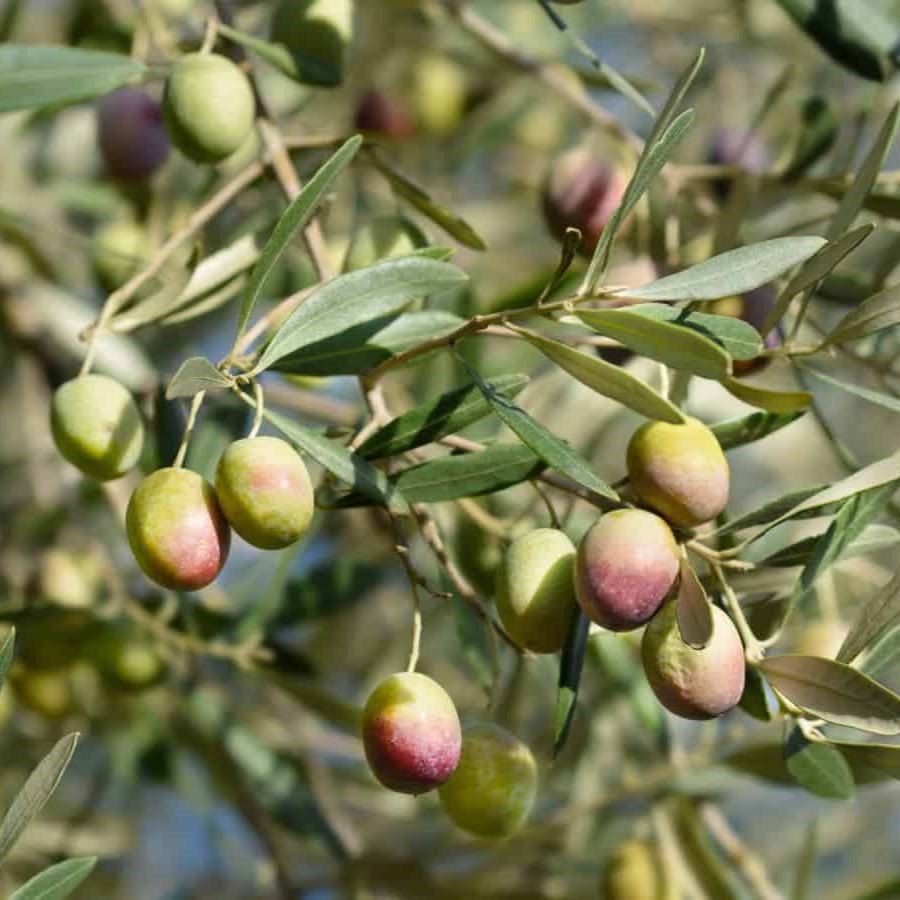
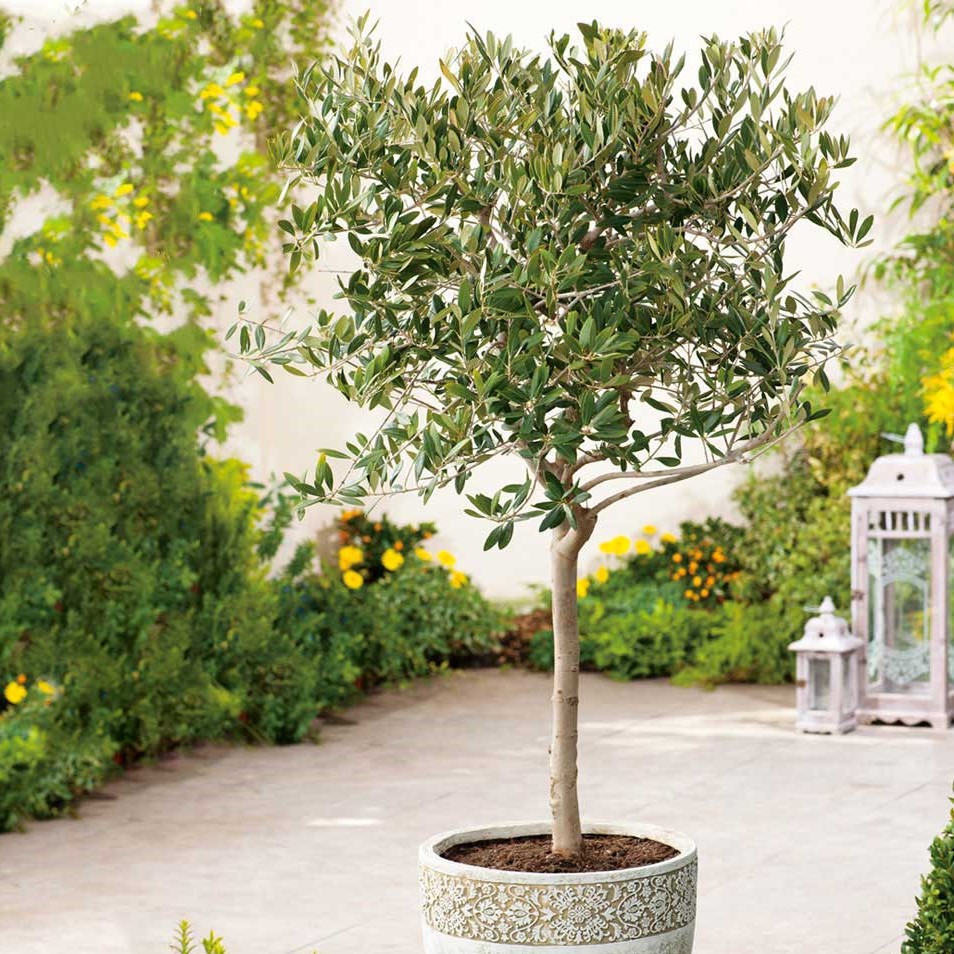


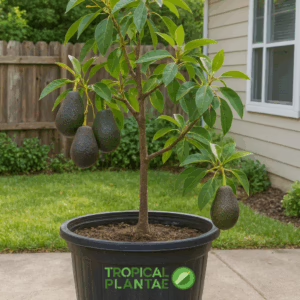
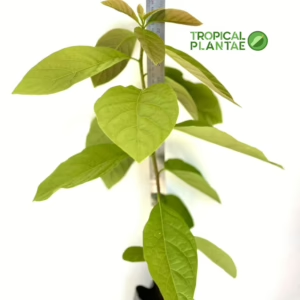
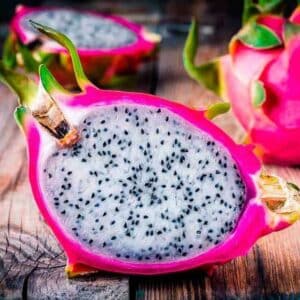
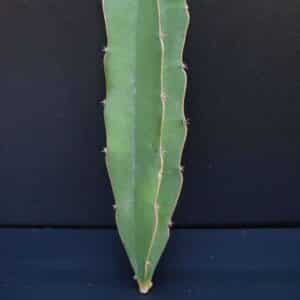
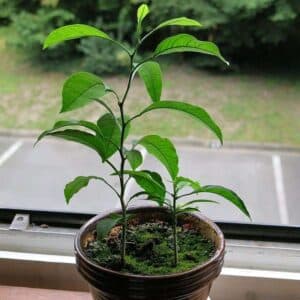
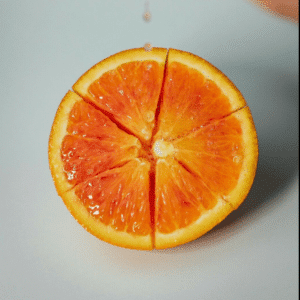


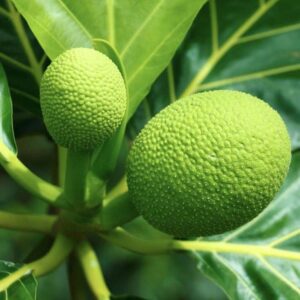
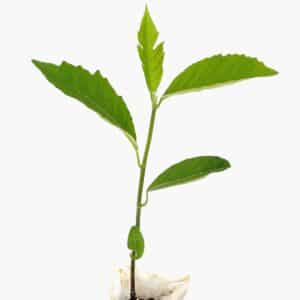



Reviews
There are no reviews yet.